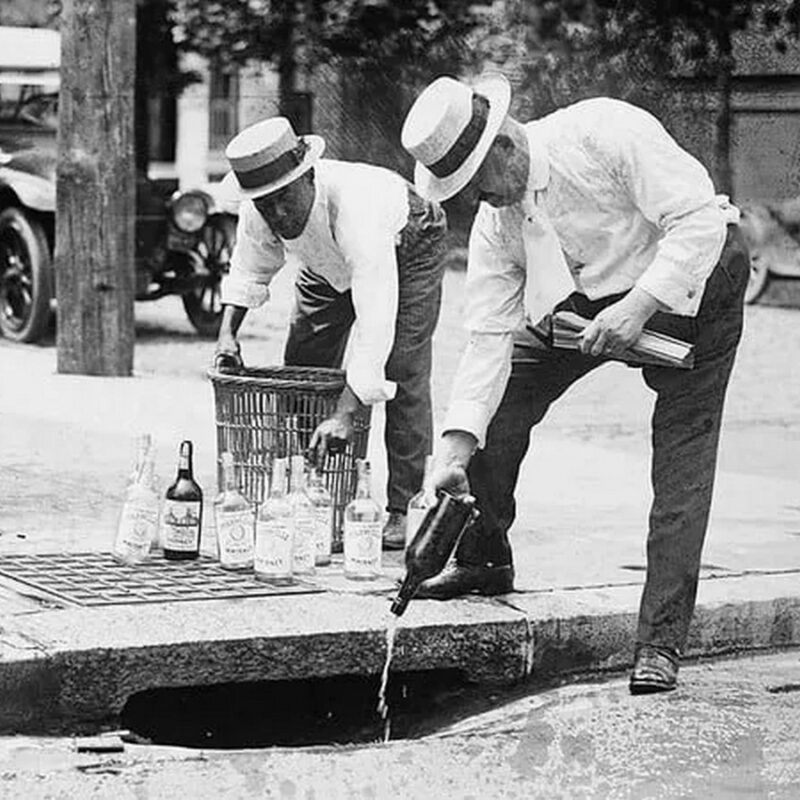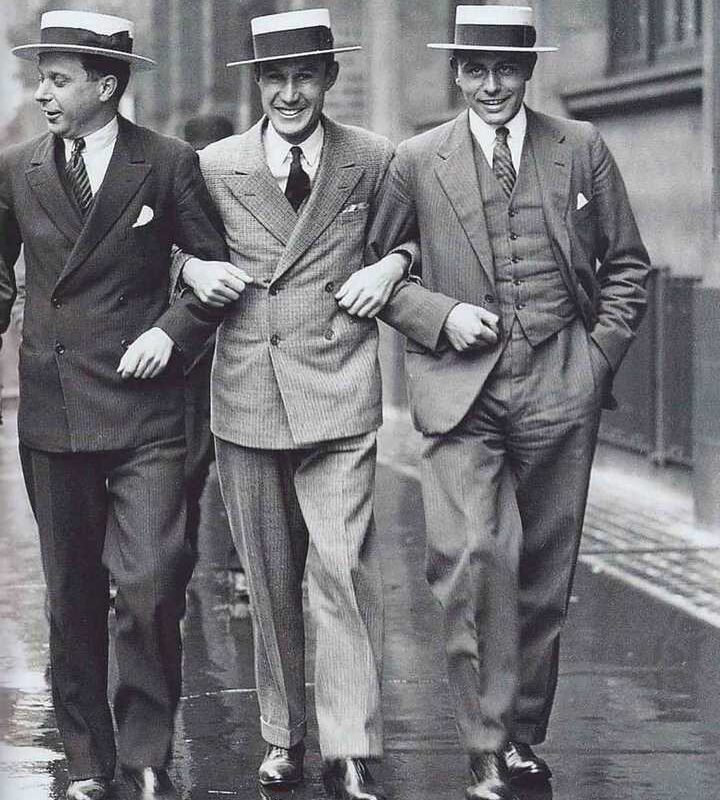The Jazz Age welcomed a new era of sophistication and coolness in men’s fashion during the 1920s, departing from the rigid norms of previous years and embracing comfort, elegance, and a hint of rebellion. This pivotal decade saw a fusion of comfort with aspiration, setting the stage for the modern menswear landscape.
A Glimpse into the 1920s Fashion Revolution
As the dust of World War I settled, the 1920s emerged as a period of renewal and celebration in the United States. Men’s fashion underwent a significant transformation, shedding its military-inspired austerity for silhouettes that prioritized freedom of movement and individual expression. It was a time marked by prosperity and progress, with fashion serving as a visual manifestation of optimism and newfound freedoms.
The Triumph of Tailored Suits
The suit emerged as the centerpiece of men’s fashion in the 1920s, symbolizing status while embracing comfort and style. Characterized by looser fits and a departure from traditional colors, suits of this era incorporated rich browns, navy, and subtle patterns like plaid and pinstripes. The double-breasted jacket with wide lapels and high-waisted trousers exuded power and elegance, reflecting the innovative spirit of the era.

Shirts as a Canvas of Expression
Shirts became a platform for self-expression, departing from plain whites to embrace stripes, checks, and even floral patterns. Collar styles diversified, ranging from rounded club collars to attached collars for everyday comfort. Sleeve garters allowed for easy customization, while detachable collars and cuffs enhanced versatility and practicality.
Embracing Comfort with Pants
Pants in the 1920s embraced higher waists and wider legs, prioritizing comfort without sacrificing style. The Oxford bag trousers epitomized this relaxed approach to menswear, while the adoption of belts signaled a shift away from suspenders. Knickerbockers remained popular for sports, paired with colorful knee-high socks for a touch of flair.
Leisure and Knitwear
The rise of leisure time saw knitwear becoming integral to men’s wardrobes. Cricket sweaters and cardigans offered a blend of casual elegance suitable for both office and leisure activities, reflecting the changing dynamics of men’s lifestyles.
Outerwear: From Practicality to Plushness
Outerwear ranged from practical leather flight jackets to luxurious wool overcoats with fur collars. The sports jacket bridged the gap between formal and casual attire, while boots remained essential for outdoor activities.
Footwear for Every Occasion
Men’s footwear mirrored the diverse fashion landscape of the 1920s, with patent leather Oxfords for formal occasions and two-tone brogues adding a playful yet polished touch to everyday outfits. Boots remained a staple for outdoor pursuits, combining durability with style.
Formalwear: A Symphony of Opulence
Evening wear in the 1920s exuded opulence and celebration, with tuxedos and tailcoats crafted from the finest materials. Crisp white shirts, perfectly knotted bow ties, and cummerbunds cinched the waist, while accessories like patent leather shoes and silk top hats added a touch of grandeur.
Casualwear: Embracing Leisure and Sport
Casualwear celebrated the spirit of leisure and sport, with polo shirts and linen trousers epitomizing relaxed elegance. The sport jacket allowed for seamless transitions between casual and formal attire, while plus-fours added a distinctive touch to outdoor activities.
Accessories: Elevating the Ensemble
Accessories played a crucial role in enhancing men’s ensembles, from hats like the fedora and Panama to bold-patterned ties and silk pocket squares. Leather goods, eyeglasses, cufflinks, and canes added layers of sophistication and personality to 1920s fashion.
Grooming Trends: A Reflection of Refinement
Men’s grooming in the 1920s emphasized sophistication and meticulousness, with slicked-back hairstyles and clean-shaven looks dominating the aesthetic landscape. Icons like Rudolph Valentino and Gary Cooper epitomized the era’s polished image, inspiring men to embrace a more refined appearance.
Iconic Figures: Influencers of the 1920s
Personalities like Al Capone, Fred Astaire, F. Scott Fitzgerald, and Rudolph Valentino left an indelible mark on 1920s fashion, shaping trends and setting standards for generations to come.
Embracing 1920s Fashion Today
Incorporating elements of 1920s style into modern wardrobes is about blending tailoring, comfort, and flair. From well-fitted suits to vintage accessories, embracing the spirit of the ’20s allows for a timeless yet contemporary look.
Conclusion: The Legacy of 1920s Men’s Fashion
The 1920s revolutionized men’s fashion, introducing styles and principles that continue to influence contemporary menswear. Its legacy serves as a reminder of the transformative power of fashion, reflecting the cultural, social, and economic currents of its time.
































